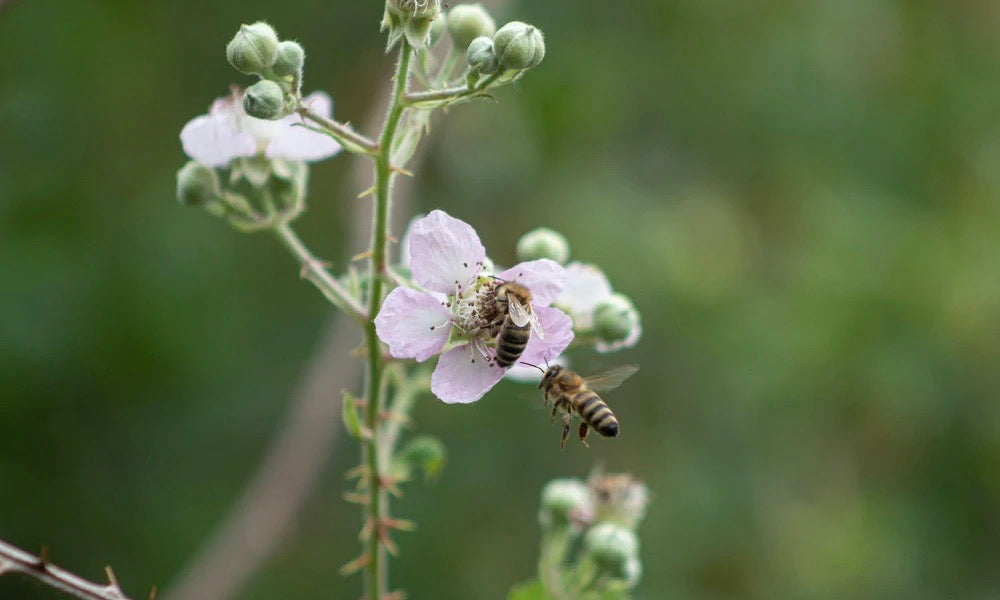
MICROPLASTICS POLLUTE THE OCEANS - AND US AS WELL
Celina Geigenberger/ March, 2021
About 70 percent of the Earth's surface is covered by water. Yet today, hundreds of thousands of pieces of plastic waste float in every square kilometer of the oceans. Many are familiar with the photographs showing countless plastic bottles, plastic bags and other trash washing up off islands. However, the up to 12 tons of plastic that end up in the oceans every year is not just a large amount of waste. But the up to 12 tons of plastic that end up in the oceans every year are not just a large amount of waste, but increasingly also another invisible danger that is the undoing of many marine creatures and thus also of humans: Microplastics. It can take several hundred to a thousand years for plastic to completely decompose. Until then, the plastic breaks down into smaller and smaller solid and water-insoluble particles known as microplastics. So, when we feel the warm sand under our feet while barefoot on the beach, we are not just dealing with grains of sand, but also with many microplastic particles. These particles also pose a danger to humans: marine animals mistake these particles for their food, such as plankton. By consuming marine animals, these microplastic particles can therefore also enter the human organism along the food chain. To put this into perspective: on average, people consume up to five grams of microplastic per week, which is roughly equivalent to the weight of a credit card! BUT HOW DO MICROPLASTICS GET INTO THE SEA AND WHAT CAN YOU DO ABOUT IT? The small plastic particles enter the environment from a variety of sources. Not only cosmetic products containing plasticizers and microplastics are responsible, but also synthetic textiles such as polyester. This is because washing synthetic fibres not only makes them clean, but also makes them lighter: with each wash, tiny particles of the textile fibres are dissolved and eventually end up in the sea as microplastics, since sewage treatment plants are unable to filter the particles out of the water. In the meantime, wax bags are available for purchase that, thanks to their fine-pored mesh, collect microplastics in the bag during the wash cycle instead of polluting the wastewater with them. In case of doubt, however, consumers should prefer to use natural fibres such as wool and cotton, as these can be washed safely. Cotton is also a very absorbent and breathable material, which makes it particularly suitable for sleeping. This not only protects our oceans and the environment, but also does something good for your skin.
Do you want to learn more about Cradle Studio? Subscribe to our newsletter with insights into our start-up life and stay up to date. Subscribe now





